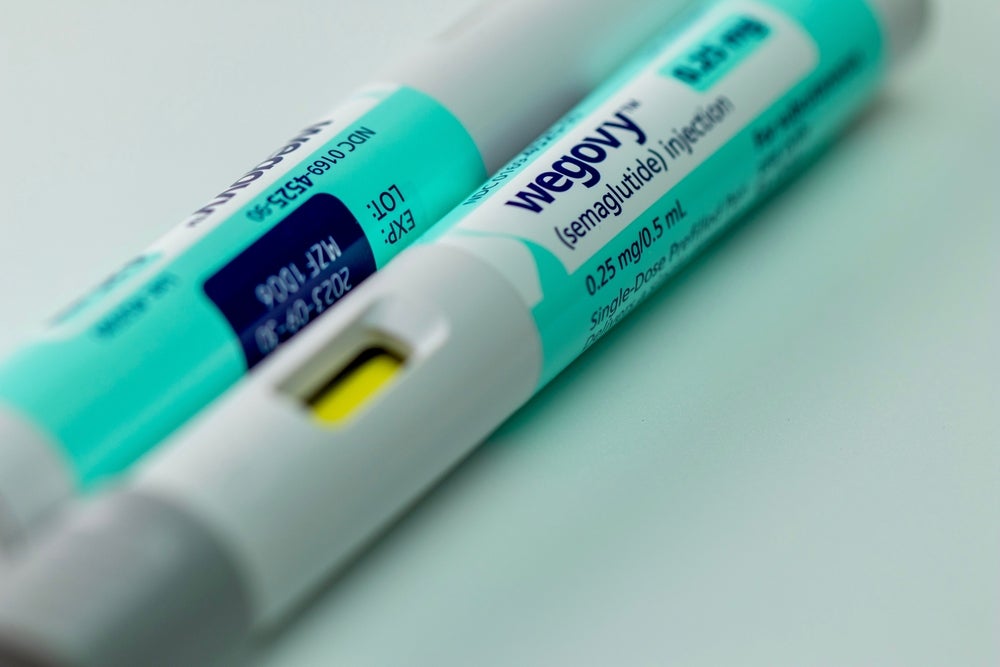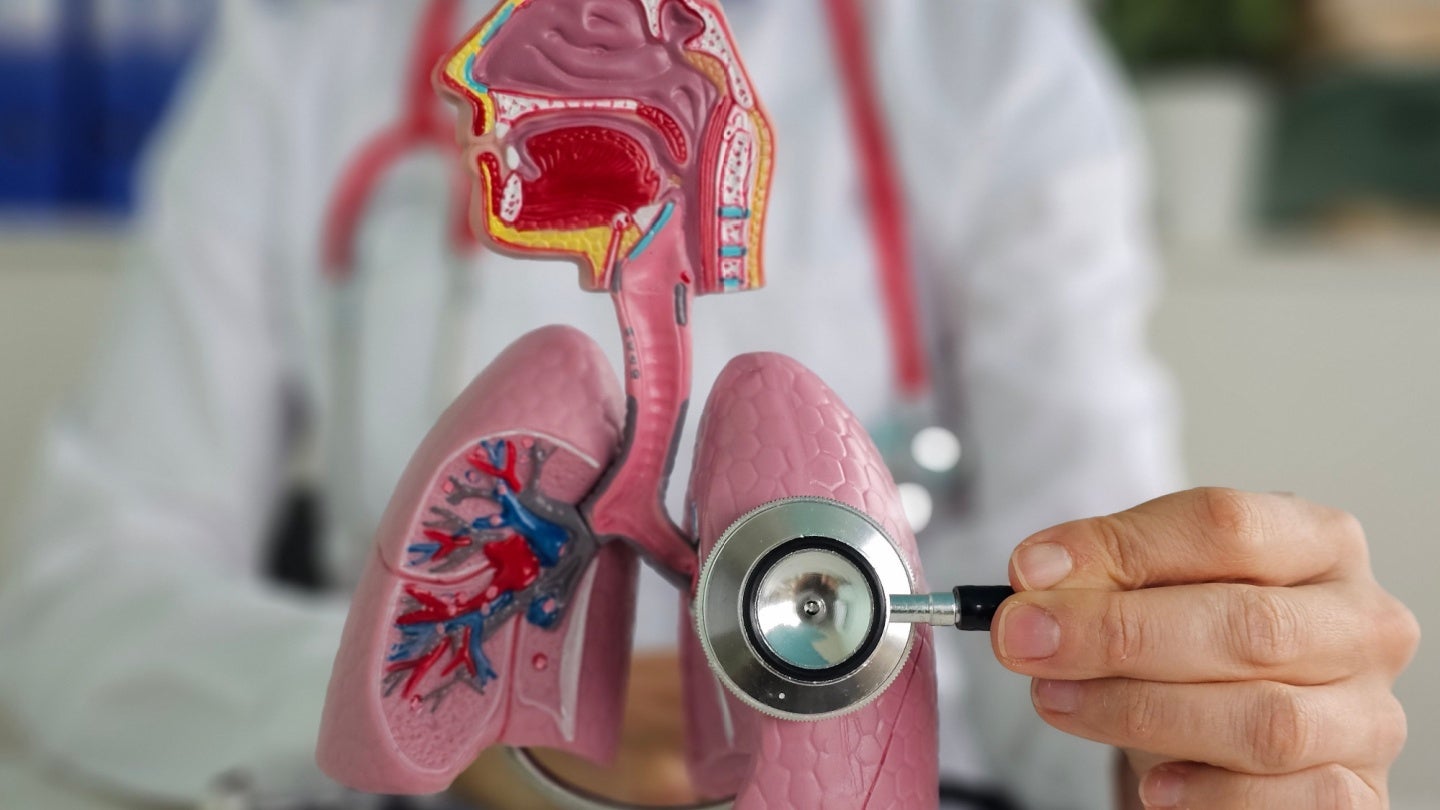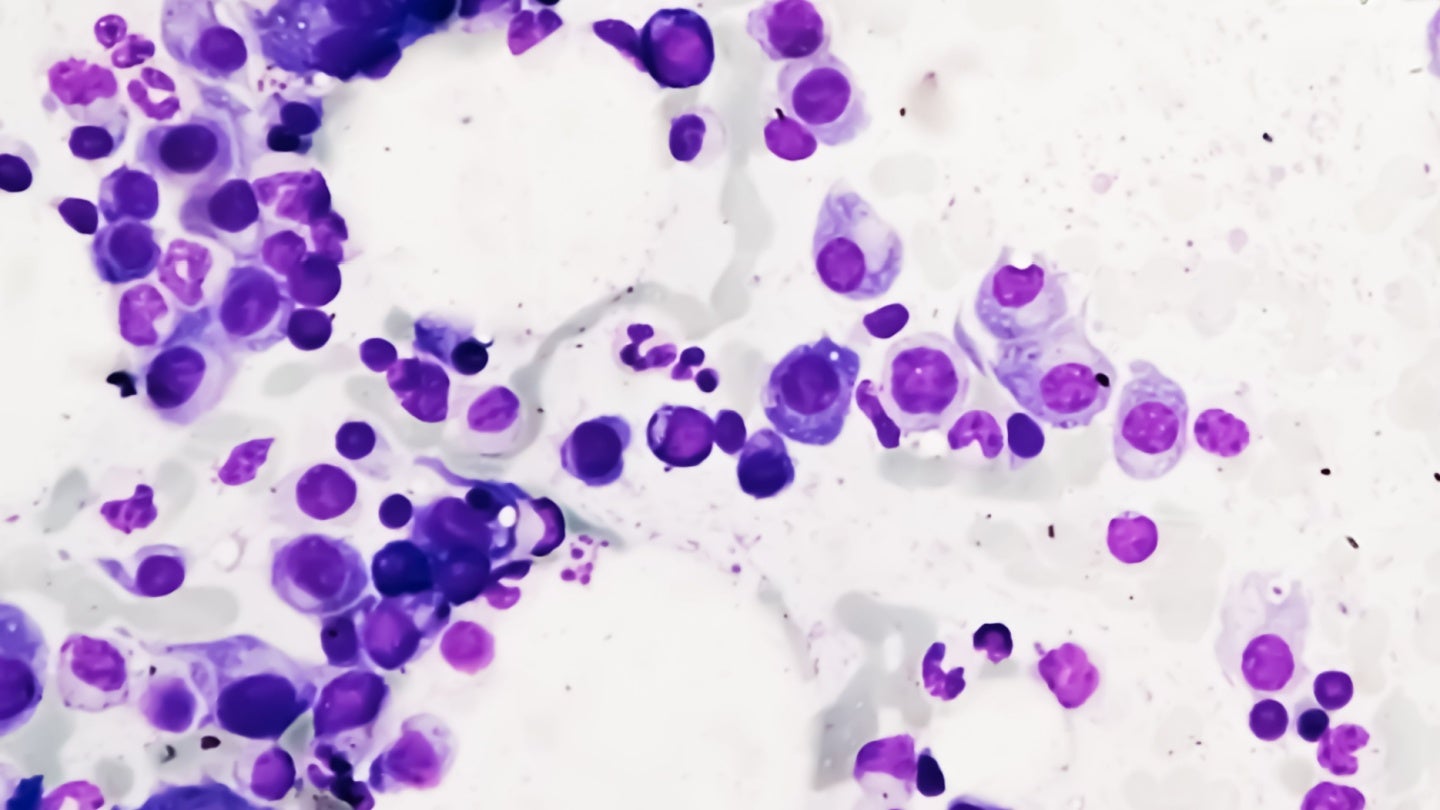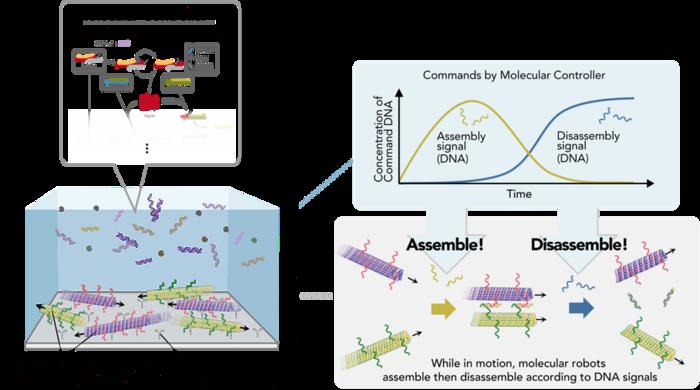Diagnosis and management of postoperative wound infections in the head and neck region
“The majority of wound infections often manifest themselves immediately postoperatively, so close followup should take place […]” Credit: 2023 Barbarewicz et al. “The majority of wound infections often manifest themselves immediately postoperatively, so close followup should take place […]” BUFFALO, NY- October 20, 2023 – A new research perspective was published in Oncoscience (Volume 10) on October […]

“The majority of wound infections often manifest themselves immediately postoperatively, so close followup should take place […]”

Credit: 2023 Barbarewicz et al.
“The majority of wound infections often manifest themselves immediately postoperatively, so close followup should take place […]”
BUFFALO, NY- October 20, 2023 – A new research perspective was published in Oncoscience (Volume 10) on October 4, 2023, entitled, “Diagnosis and management of postoperative wound infections in the head and neck region.”
In everyday clinical practice at a department for oral and maxillofacial surgery, a large number of surgical procedures in the head and neck region take place under both outpatient and inpatient conditions. The basis of every surgical intervention is the patient’s consent to the respective procedure. Particular attention is drawn to the general and operation-specific risks.
Particularly in the case of soft tissue procedures in the facial region, bleeding, secondary bleeding, scarring and infection of the surgical area are among the most common complications/risks, depending on the respective procedure. In their new perspective, researchers Filip Barbarewicz, Kai-Olaf Henkel and Florian Dudde from Army Hospital Hamburg in Germany discuss the diagnosis and management of postoperative infections in the head and neck region.
“In order to minimize the wound infections/surgical site infections, aseptic operating conditions with maximum sterility are required.”
Furthermore, depending on the extent of the surgical procedure and the patient‘s previous illnesses, peri- and/or postoperative antibiotics should be considered in order to avoid postoperative surgical site infection. Abscesses, cellulitis, phlegmone and (depending on the location of the procedure) empyema are among the most common postoperative infections in the respective surgical area. The main pathogens of these infections are staphylococci, although mixed (germ) patterns are also possible.
“Risk factors for the development of a postoperative surgical site infection include, in particular, increased age, smoking, multiple comorbidities and/or systemic diseases (e.g., diabetes mellitus type II) as well as congenital and/ or acquired immune deficiency [10, 11].”
Continue reading the paper: DOI: https://doi.org/10.18632/oncoscience.589
Correspondence to: Florian Dudde
Email: floriandudde@gmx.de
Keywords: surgical site infection, head and neck surgery
About Oncoscience:
Oncoscience is a peer-reviewed, open-access, traditional journal covering the rapidly growing field of cancer research, especially emergent topics not currently covered by other journals. This journal has a special mission: Freeing oncology from publication cost. It is free for the readers and the authors.
To learn more about Oncoscience, visit Oncoscience.us and connect with us on social media:
- X, formerly known as Twitter
- YouTube
For media inquiries, please contact media@impactjournals.com.
Oncoscience Journal Office
6666 East Quaker Str., Suite 1D
Orchard Park, NY 14127
Phone: 1-800-922-0957, option 4
###
Journal
Oncoscience
DOI
10.18632/oncoscience.589
Method of Research
Commentary/editorial
Subject of Research
People
Article Title
Diagnosis and management of postoperative wound infections in the head and neck region
Article Publication Date
4-Oct-2023
What's Your Reaction?

































